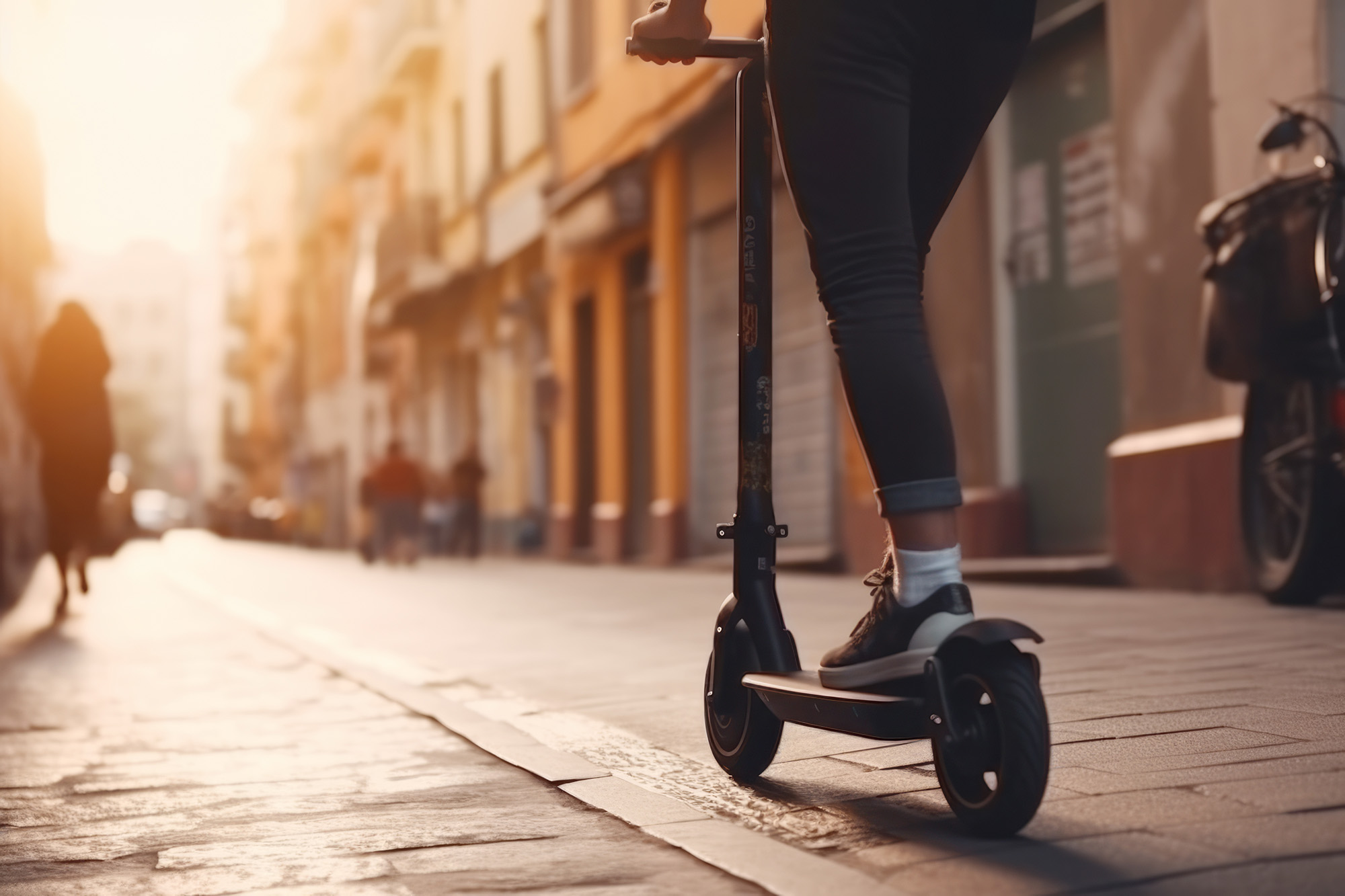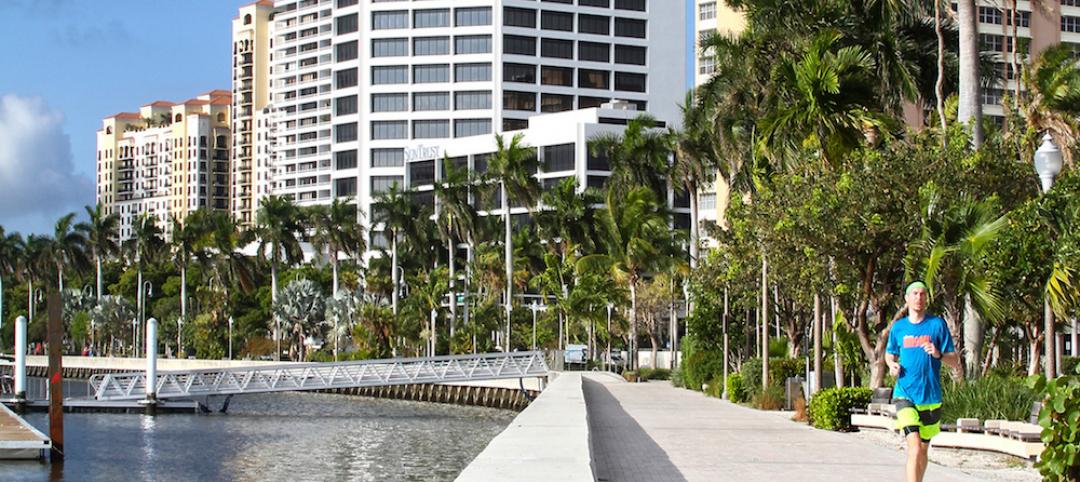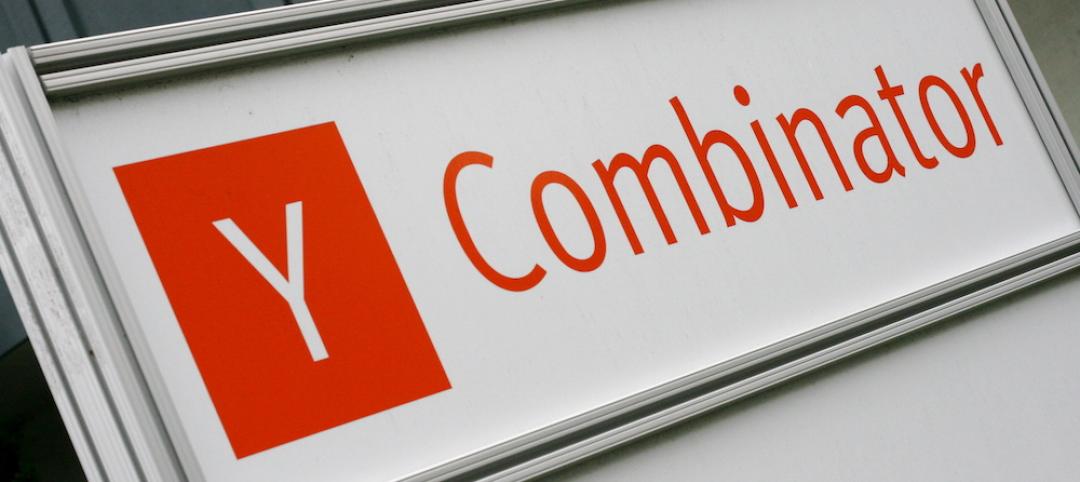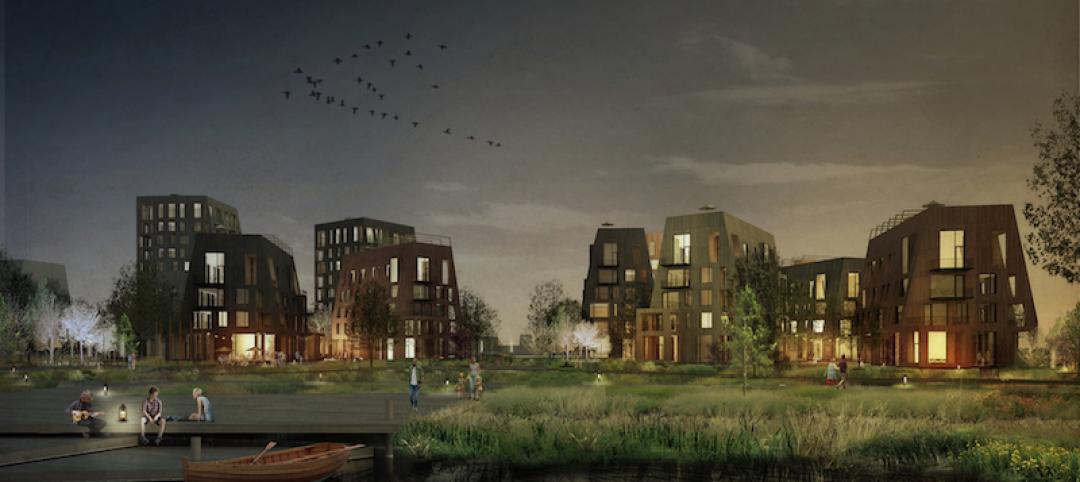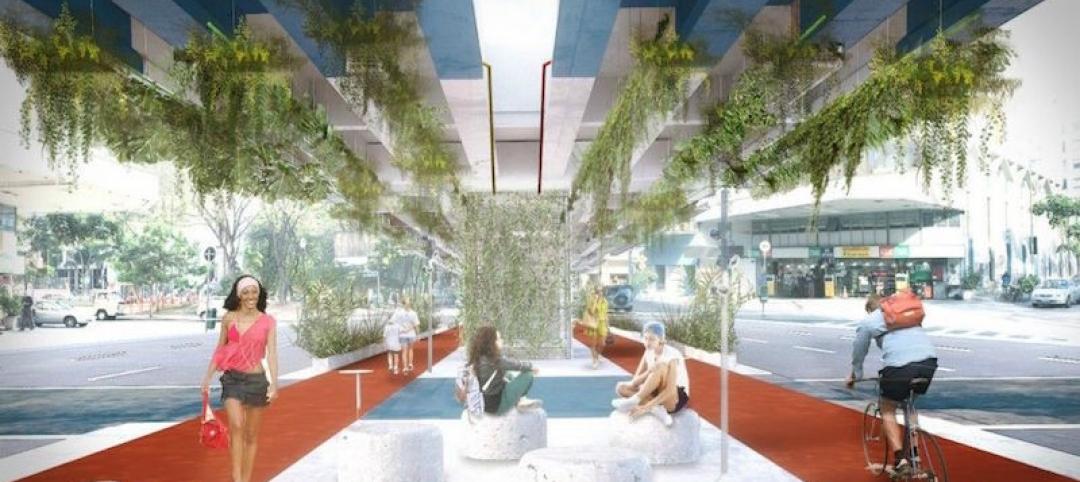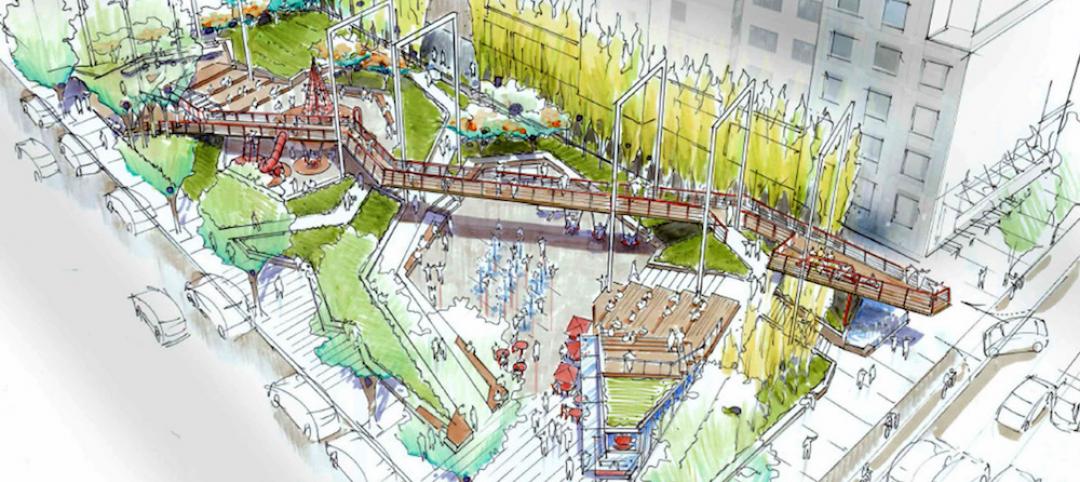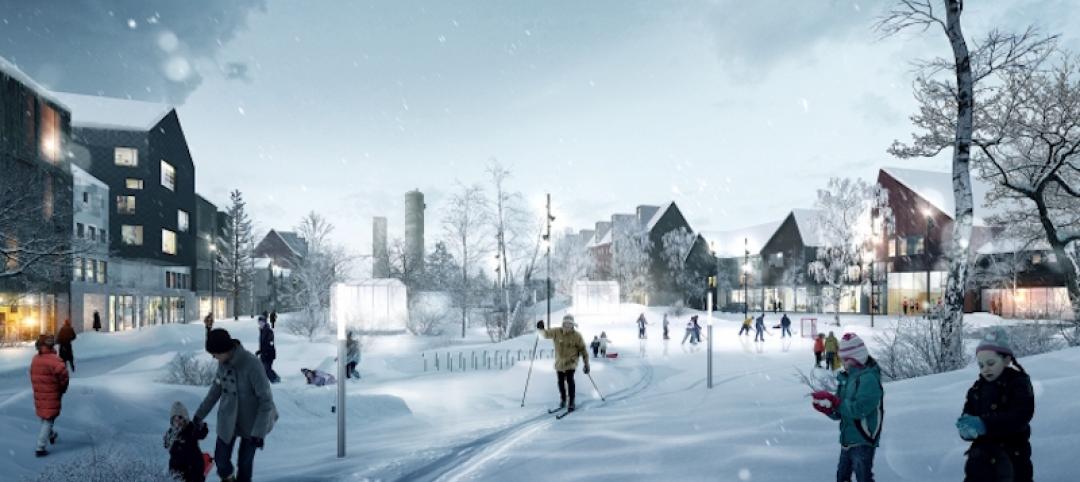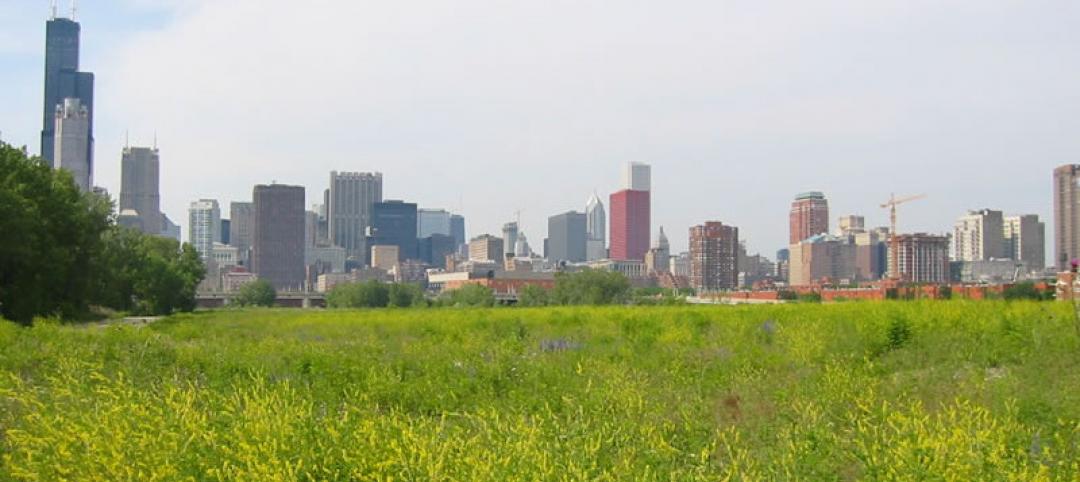In the heart of the Finger Lakes region sits the ambitious city of Ithaca, N.Y. Known for its diverse wildlife and natural beauty, Ithaca has turned heads with the start of its latest venture: Fully decarbonize and electrify the city by 2030.
In the summer of 2019, the City of Ithaca Common Council signed the Ithaca Green New Deal resolution—a unanimous decision for government-led decarbonization. The goals of the resolution include adopting 100% renewable energy by 2025, reducing vehicle emissions by 50 percent, and achieving community-wide carbon neutrality by 2030.
The undertaking that Ithaca has divulged begins with the electrification of 1,000 residential and 600 commercial buildings across the city. The end goal? Convert all 6,000 of Ithaca’s buildings into 100% electric ones. As the first city in the U.S. to propose doing so, what’s the catch? How can a small city accomplish such a feat?
What Makes an Electric City
“[Ventures like Ithaca’s] are clearly a doable scenario when industry and government align,” says Bill Klehm, chairman and CEO of eBliss, an eMobility transportation production company. With two decades of experience in the automotive industry, Klehm believes city-wide electrification efforts are achievable when the government responds to consumer demands.
Take the dawn of the automotive industry, for example. Cars were built before they had the infrastructure to properly support them. Consumers led the demand for vehicles—the government followed with roads. Where’s the tipping point for the switch to all-electric?
Fortunately, Ithaca’s mission is captivating enough for both public and private partnerships to arise. The almost-all-electric city has found enormous support from BlocPower, a green homebuilding technology company, and garnered investments from Alturus, Microsoft, and Goldman Sachs. Since 2019, Ithaca has created partnerships with over 200 local, national, and international organizations.
However, peering through the rose-tinted glasses, one must ask: Do we even have the capability to support this? According to Klehm, there are several challenges in store for Ithaca and other cities looking towards the electric future.
- Electric vehicle (EV) charging infrastructure will have to be significantly increased. Cars are one challenge—what about eBikes, public transportation, and delivery vehicles?
- Project leaders will need a detailed understanding of the city’s current traffic flow. This will determine which streets should be consolidated in favor of foot—or eBike—traffic, and which should remain for cars.
- There will need to be more availability of options for people moving around: Planned communities, mixed-use areas, urban condensing.
The rest includes a societal mindset shift—though it seems Ithaca fortunately has a leg up with its own community. Many in the U.S. are still skeptical of going all-electric, whether from the threat of increased taxation or feeling a loss of personal freedom. It will take disruptors like Ithaca to push against the norm, and see if others will follow its lead.
The ‘Democratization of Mobility’
Though Ithaca may be the first U.S. city to become 100% electric, it's not the first to push the limits. A Tempe, Ariz., neighborhood touts itself as the “first car-free neighborhood built from scratch in the U.S.”
Culdesac, a real estate developer and property manager, is building a mixed-use community that prioritizes—no, requires—biking, walking, and public transit. As a “first of its kind” community, Culdesac Tempe incorporates car-free streets (though still designed to accommodate EMS response) and a myriad of public amenities.
This living structure is reminiscent of the controversial “15-minute city,” a concept that instills excitement in some and fear in others. For the former, communities like Culdesac Tempe represent an idyllic lifestyle. In fact, adults who live in walkable neighborhoods are more likely to interact with their neighbors and have a stronger sense of community than people who live in car-dependent communities, according to a report by the Herbert Wertheim School of Public Health and Human Longevity Science at University of California San Diego.
This walkable urbanization typically attracts retired empty-nesters, work-from-home professionals, and the younger generation. This Gen Z demographic may become the biggest drivers for what Klehm calls “the democratization of mobility.”
“An eBike or scooter is usually the first vehicle a kid will ever drive,” says Klehm. “Young people will be the drivers of electric use—they’re used to it.”
As Millennial and Gen Z come further into positions of power, will efforts like Culdesac and Ithaca become commonplace, or will the fight to electrify persist?
Related Stories
Augmented Reality | Jul 15, 2016
Pokémon Go is helping people discover their cities
While catching them all may be the main goal, the wildly popular mobile game is also leading people to trek to unexplored corners of their cities
Urban Planning | Jul 13, 2016
'Shore to Core' competitions envision future waterfront cities
Design and research teams will use West Palm Beach, Fla., as their model.
Urban Planning | Jul 7, 2016
Y Combinator project would build new city using new technology, urban policies
Zoning, property rights, building codes all could be re-imagined.
Urban Planning | Jun 15, 2016
Swedish ‘Timber Town’ proposal from C.F. Møller provides a unique blend of nature and city
The development acts as a transition area between a traditional urban landscape and parklands.
Movers+Shapers | Jun 10, 2016
URBAN EVANGELIST: Bruce Katz sees America humming again, city by city
Katz, best known as Co-director of the Brookings Institution's Metropolitan Policy program, believes that cities are dynamic networks of like-minded public and private interests that have the potential to generate economic growth.
Urban Planning | Jun 9, 2016
Triptyque Architecture designs air-cleansing hanging highway garden in São Paulo
The garden would filter as much as 20% of CO2 emissions while also providing a place for cultural events and community activities.
Urban Planning | May 31, 2016
Vancouver park board approves final design for urban park
The green space is intended to be a recreation area for a busy part of downtown.
Urban Planning | May 31, 2016
The entire Swedish city of Kiruna is being relocated to prevent it from collapsing into underground iron mines
Kiruna, the northernmost city in Sweden, and its 20,000 residents will be moved two miles to the east by 2040.
Urban Planning | May 23, 2016
Developer acquires 62 acres of vacant land in Chicago
Related Midwest will turn the strip that connects the South Loop to Chinatown into a neighborhood with homes, stores, and offices.
Urban Planning | May 20, 2016
Why people are the most important factor in urban regeneration
What makes large-scale urban regeneration projects successful? CallisonRTKL's Edgar Kiviet explores how cities, particularly those in Eastern Europe, are undergoing a transformation.


